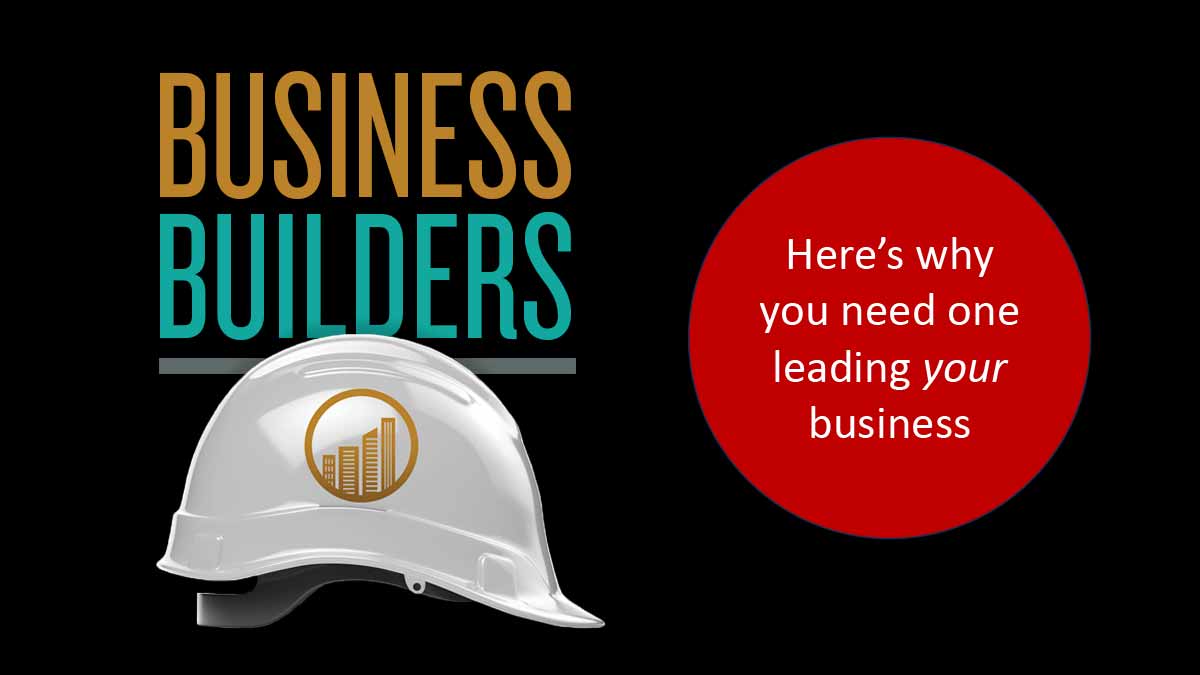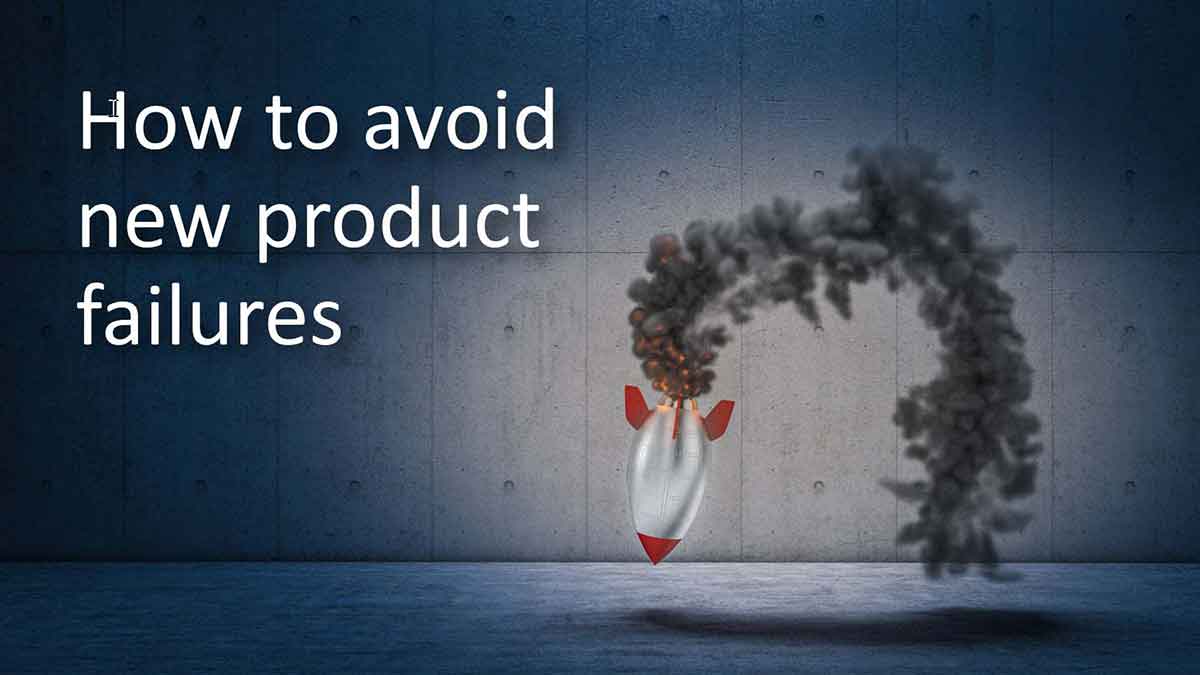Is your business led by a Builder?… a Remodeler?… a Decorator?… a Realtor? New research by the AIM Institute shows your business will be stronger and grow faster if your senior business leader is a Builder. Let’s see why… On October 30, 2023, we published a new book by Dan Adams: Business Builders: How to ... Read More
Blog Category: Product Development
Use FAQS: Separate your Facts, Assumptions, Questions, and Surprises into neat little piles.
Initially, you are aware of the first three, but completely unaware of the fourth—surprises. When you begin your project, list the first three, and try to convert A’s and Q’s into F’s. Then uncover the surprises through customer interviews, tours and observation. Seek to understand the first three, and discover the last one.
More in white paper, Innovating in Unfamiliar Markets (page 12)
Don’t hire more R&D resources until you shift existing personnel “up and out.”
You shift resources “up” by investing manpower earlier in understanding market needs. This lets you be more successful later in developing solutions. You shift resources “out” when employees spend less time talking to each other… and more time directly engaging customers, through interviews and tours. Develop new skills for this, and create a new company culture.
More in white paper, www.catchtheinnovationwave.com (page 6)
It is unreasonable to expect sales calls to drive your innovation efforts.
Your sales force should play a key role in innovation-focused interviews. But not by themselves. Unaccompanied sales reps seldom attract all the right customer contacts, and they’re not rewarded for the lengthy time horizons required. Besides, market-facing innovation requires central coordination, since a single sales territory won’t contain all the needed prospects. However, your sales force can play a critical role when it also becomes a learning force.
More in 2-minute video at 47. Make your sales force a learning force
Most companies can double their R&D resources… for free.
Want to add employees who know your technologies and markets, can start work tomorrow, and cost nothing more? It’s easy: Just kill the dead-end projects that tie up half your resources. Free your people to work on projects your customers actually care about. It’s not hard to learn which projects to kill. In fact, strong project teams will halt weak projects on their own. Many will do this using the data-driven evidence that comes from market satisfaction gaps.
More in white paper, www.marketsatisfactiongaps.com
Once you know the right questions, you’re more likely to get the right answers.
If your new product development process starts with your ideas—instead of B2B customers’ desired outcomes—your new product may be an answer to the wrong question(s). You’ll likely a) miss important customer outcomes, or b) misinterpret the importance of the customer outcomes you have identified.
More in white paper, www.guessingatcustomerneeds.com
Market Segmentation with Examples: Bring on the Magic
Market segmentation is covered in every business curriculum, and for good reason. The best of the best, in every craft, maintain a focus on fundamentals. Consider that the great Tiger Woods continues to perfect his golf swing even as he approaches the end of his career. For innovation, few concepts are as fundamental as market ... Read More
Your R&D is probably the biggest resource sinkhole in the company.
Where else do you invest tens of millions of dollars in personnel, so that many can work diligently on answers to the wrong questions? If your firm is like most, one-half of your product development resources are working on projects that will be cancelled or fail to yield an adequate return. You can stop this innovation malpractice with the science of B2B customer insight. Specifically, you must stop projects from entering the development stage unless you have data-driven evidence of customer needs.
More in 2-minute video at 35. Insist on data-driven innovation
Own the Future with B2B Customer Insight
Today's innovation methods will look outdated in the future, with these 6 “awkward realities”: 1) We test market needs by launching products at customers. 2) We don’t understand what organic growth requires of us. 3) We misunderstand the proper role of stage-and-gate processes. 4) We interview customers to “validate” our hypothesis. 5) We fail to fully engage customers in our innovation. 6) We are easily distracted from customer-facing innovation. ... Read More
Lean Startup is fine… but check your pool depth first.
In concentrated B2B markets, the top ten buying accounts may represent 50-100% of the buying potential. Unlike B2C—with deep pools of potential prototype testers—B2B suppliers can wear out their welcome by lobbing sloppy “minimum viable products.” If you use Lean Startup, be sure to begin with proper B2B customer interviews.
More in white paper, www.leanstartupforb2b.com (page 7)
How to avoid new product failures… in one easy step
Tired of new product failures? Get one simple step right and your new product success rates will soar. For B2B companies, this step is prioritizing customers’ needs. Not sure about that? We’ll show you strong evidence that supports this… and show you how to turn new product failures into rare and distant memories. What’s more ... Read More
Avoid the 4 Traps of Predicting Technology Adoption
It’s natural to ruminate on the future; in particular, about technology adoption. What changes will future technology waves bring? Will we ride them to riches or drown under the weight of disruption? A Danish proverb warns that “Prediction is dangerous, especially about the future.” A cycle of bad logic Unfortunately, when we theorize, we can ... Read More
Your new product development process is backwards.
If your new product development process begins with “idea generation,” is it your idea… or your customers’? If you start with your idea, you probably won’t understand customer needs until the end… by seeing if they buy your new product. Why not flip your approach and start with customer needs? Unless you’d rather your R&D kept guessing at customer needs.
More in white paper, www.guessingatcustomerneeds.com
Bring Your Customers to Life with Personas in B2B
A persona is a hypothetical archetype used to represent customers in a given market segment. Follow 4 practices for B2B growth: 1) Design for just one person, 2) be specific, 3) remember precision is more important than accuracy, and 4) separate user personas from buyer personas. ... Read More












